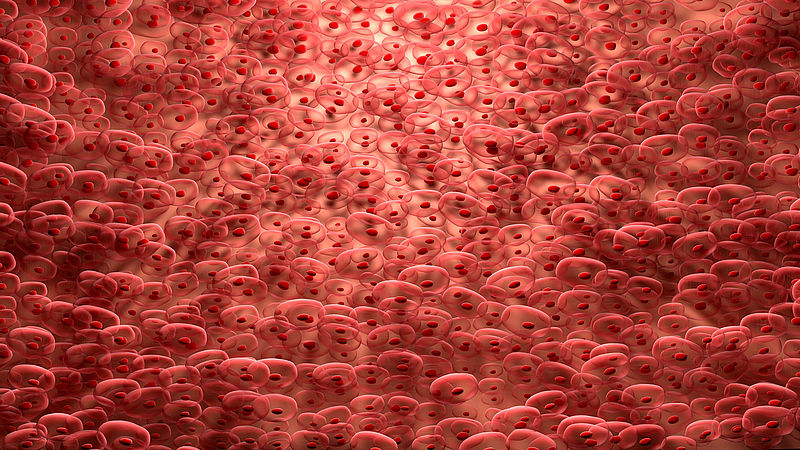An international team of researchers from six countries has analysed around half a million individual cells and cell nuclei of the human heart. The scientists want to understand how the healthy heart "ticks" and what goes wrong in heart disease. This should enable new treatments and finding ways of regenerating damaged heart tissue. In a first detailed draft of the Human Heart Cell Atlas, published in Nature, the researchers show the huge diversity of cells and molecules.
"This is the first time anyone has looked at the single cells of the human heart at this scale, which has only become possible with large-scale single cell sequencing," says Professor Norbert Hübner, Principle Investigator at the DZHK and one of the main authors from the Max Delbrück Center for Molecular Medicine in the Helmholtz Association (MDC), Charité – Universitätsmedizin Berlin and the Berlin Institute of Health (BIH). "This study shows the power of single cell genomics and international collaboration. Knowledge of the full range of cardiac cells and their gene activity is fundamental to understanding how the heart functions and to unravel how it responds to stress and disease."
Until now, amazingly little is known about how precisely the cells in each part of the heart coordinate with each other for every heartbeat, ensuring that the body is constantly supplied with nutrients and oxygen through the blood and that waste products and carbon dioxide are carried away. For their work, the researchers used seven female and seven male hearts from brain-dead donors between 40 and 75 years of age whose hearts were healthy but not suitable for transplantation. To characterise the heart cells as precisely as possible, the team investigated which genes are switched on in the individual cells and cell nuclei from six different heart regions.
In addition to the enormous cell diversity, the atlas reveals previously unknown subtypes of heart muscle cells and supporting cardiac cells, protective immune cells in the heart, and an intricate network of blood vessel cells. It also predicts how the cells communicate to keep the heart working.

